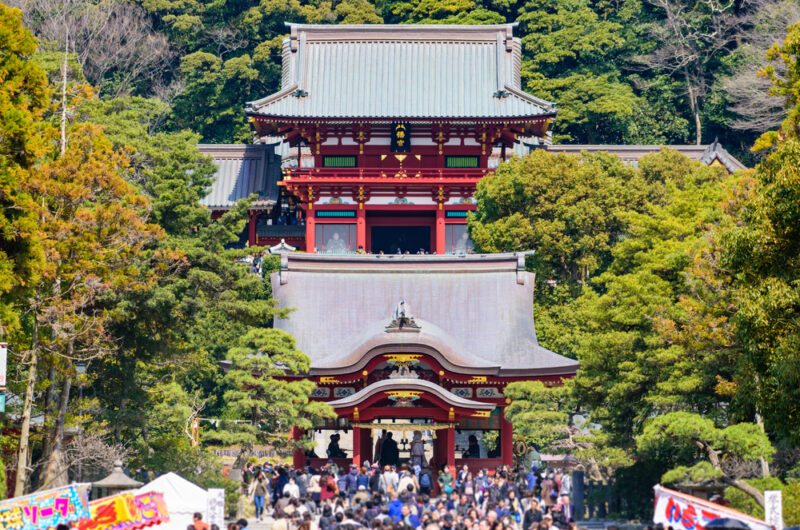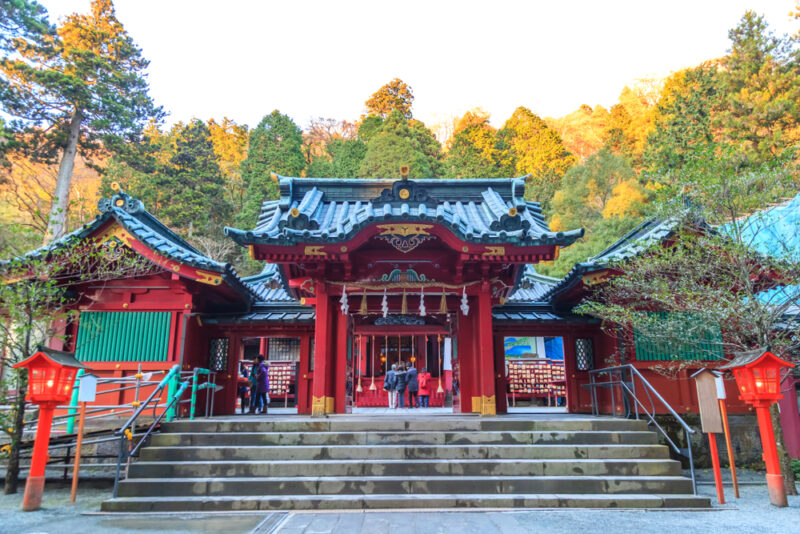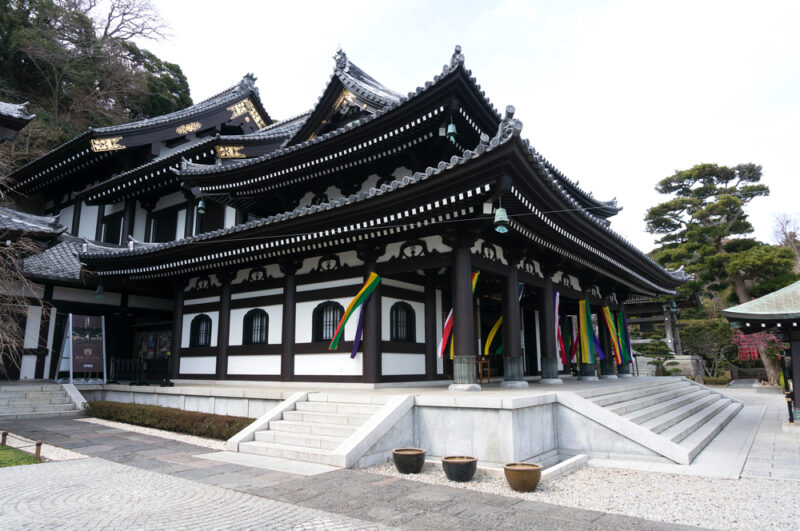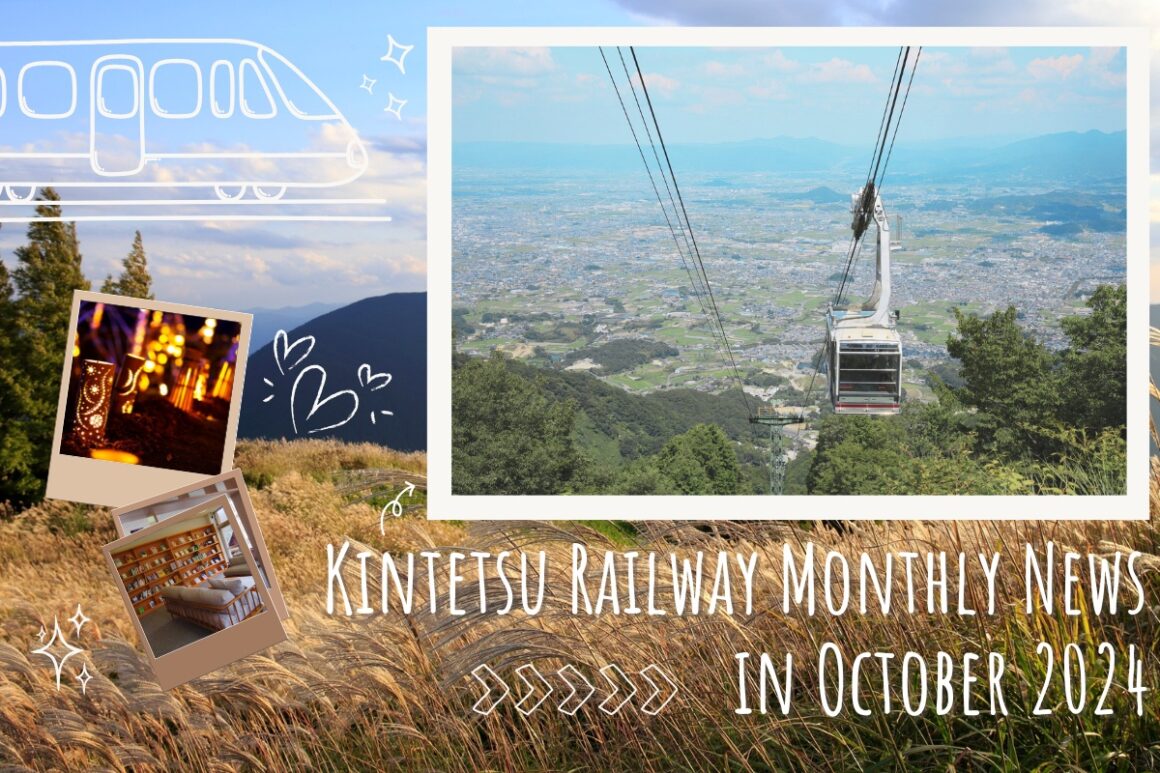Best shrines and temples to visit in Kanagawa
Aug 09, 2024
Best shrines and temples to visit in Kanagawa

Kanagawa is a neighboring prefecture of Tokyo, and it is home to many great sightseeing spots, including museums, botanical gardens, and of course, shrines and temples.
Some of the most famous temples and shrines are located in Kamakura, which is just about 1.5 hours from Tokyo, and to give you more insights into this, we’ve compiled a list of some of the best shrines and temples to visit when you’re in Kanagawa Prefecture!
Index : Best shrines and temples to visit in Kanagawa
1. Tsurugaoka Hachimangu

Tsurugaoka Hachimangu is the most important shrine of Kamakura, it was founded in 1063 by Minamoto Yoriyoshi, but the shrine was enlarged and moved to its current site in 1180 by Minamoto Yoritomo, the founder and first shogun of the Kamakura government.
The shrine was built for Hachiman, the patron god of the Minamoto family and the samurai. It also enshrines Hachiman, Hime-gami, and Empress Jingu, turning it into of the most sacred places in Kanagawa.
Tsurugaoka Hachimangu has multiple toriigates, and the main hall (Hongu or Jogu) sits on a terrace at the top of a wide stairway.
The main hall features a small shrine museum that exhibits various treasures owned by the shrine, like swords, masks, and documents.
2. Meigetsuin Temple

Meigetsuin was built in 1160, and later it became a Zen Temple of the Rinzai sect.
The shrine is just a 10-minute walk from JR Kita-Kamakura Station on the JR Yokosuka Line.
The temple is where the tomb of Hojo Tokiyori, the leading administrator of the Kamakura shogunate in the 13th century, is located. In addition to this ancient tomb, Meigetsuin is a famous spot for hydrangeas in the summer.
It particularly gets crowded in mid-June, when the flowers are at their peak. In addition to the hydrangeas, the temple is also famous for its autumn leaves, which are at their peak in late November.
3. Hakone Shrine

Hakone Shrine is a Shinto shrine that stands at the foot of Mt. Hakone along the shores of Lake Ashinoko.
The shrine is located in a forest, but three huge torii gates are advertising the location of this hidden temple.
You can find the first torii gate standing prominently in Lake Ashinoko, and two others on the main street of Moto-Hakone.
There is a pathway that goes through the forest, connecting the Torii gate in Lake Ashinoko with the shrine’s main building in the forest.
The pathway includes a series of stairs that are flanked by lanterns, which look very aesthetically pleasing.
In addition to the shrine’s main building, there is another shrine called Motosumiya (original shrine) that stands at the summit of Komagatake, one of the multiple peaks of Mt. Hakone, which can be accessed by the Hakone Komagatake Ropeway from Hakone-en or via hiking trails.
Hakone Shrine looks beautiful throughout the year, but it looks more breathtaking when shrouded in mist.
4. Hasedera Temple

Hasedera is a Buddhist temple of the Jodo sect, and the temple is famous for its eleven-headed statue of Kannon, the goddess of mercy.
The 9.2-meter tall statue is made of wood and gilded, and it is known as one of the largest wooden sculptures in Japan.
The statue can be viewed in the temple’s main building, Kannon-do Hall. The legend said that the statue was carved using the same tree used for the Kannon statue worshipped at the Hasedera Temple in Nara.
There is also a small museum called the Kannon Museum that exhibits the temple’s treasures, including Buddha statues, a temple bell, and a picture scroll.
5. Kotokuin Temple

Kotokuin is a temple in Kamakura that is best known for its bronze statue of Amida Buddha.
It is widely known as the Great Buddha of Kamakura, or Kamakura Daibutsu.
The giant statue stands on the grounds of Kotokuin Temple, with a height of 11.4 meters.
And due to its tall height, the statue is known as the second-tallest bronze Buddha statue in Japan.
The statue was built in 1252, and it was originally located inside a large temple hall.
But the hall was destroyed multiple times by typhoons and tsunamis in the 14th and 15th centuries. Ever since then, the Buddha has been standing in the open air.
The temple is just a 5 to 10-minute walk from Hase Station, the third station from the Kamakura Station on the Enoden Railway Line.






